-
 play_arrow
play_arrow
PUKfm
-
 play_arrow
play_arrow
London Calling Podcast Yana Bolder
-
 play_arrow
play_arrow
Summer Festival Podcast Robot Heart
-
 play_arrow
play_arrow
Electronic Trends Podcast Aaron Mills
-
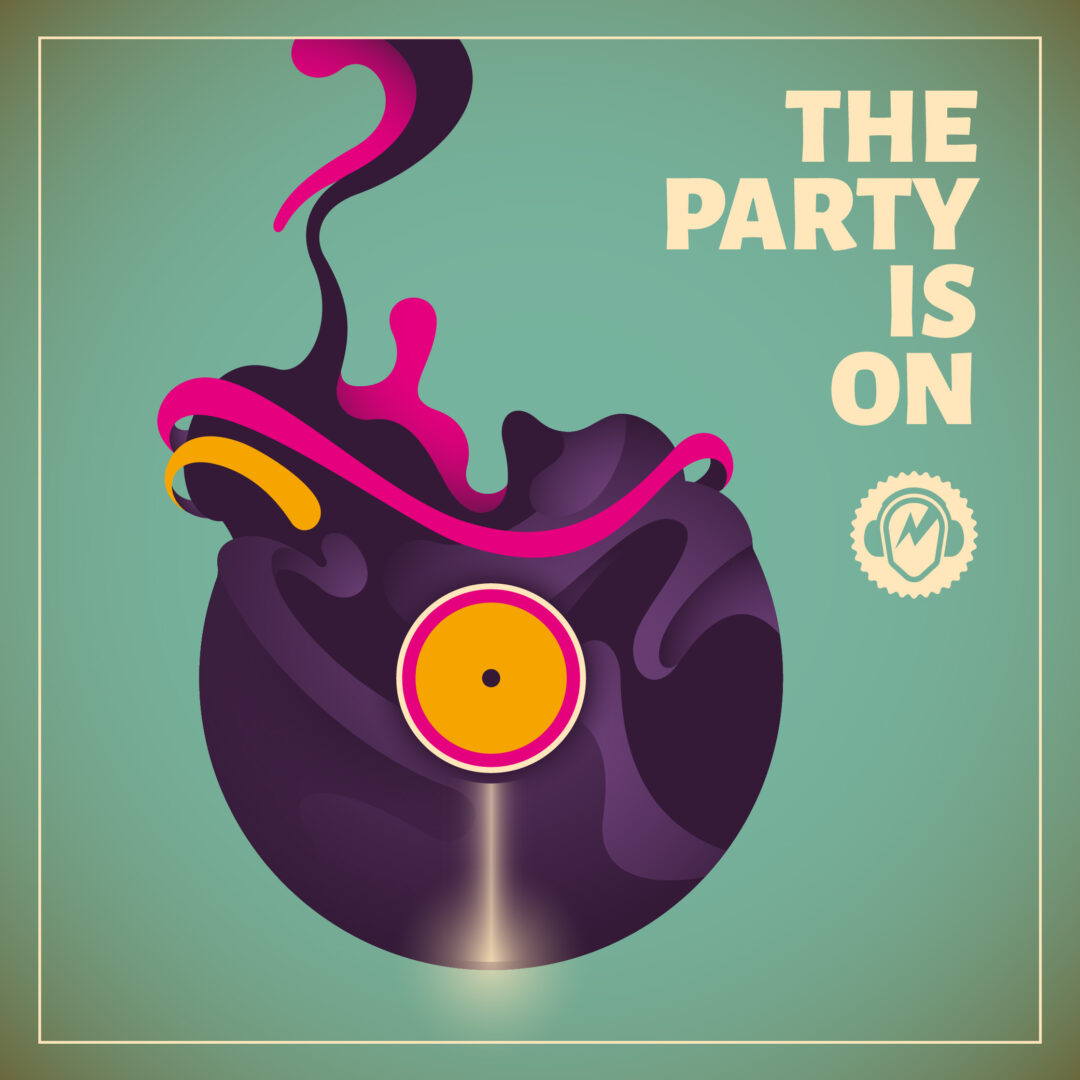 play_arrow
play_arrow
New Year Eve Podcast Robot Heart
-
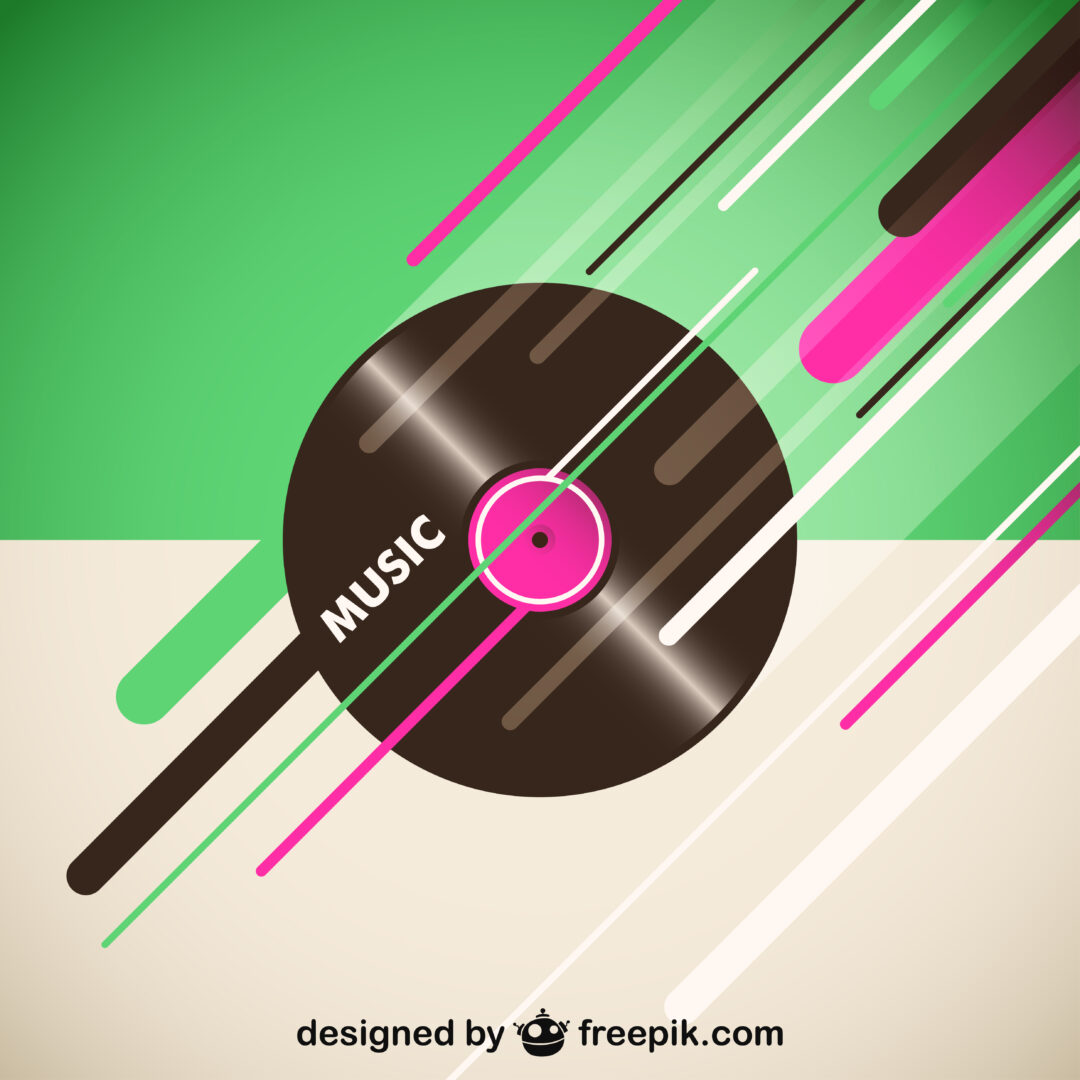 play_arrow
play_arrow
Techno Podcast Robot Heart
-
 play_arrow
play_arrow
Flower Power Festival Podcast Robot Heart
-
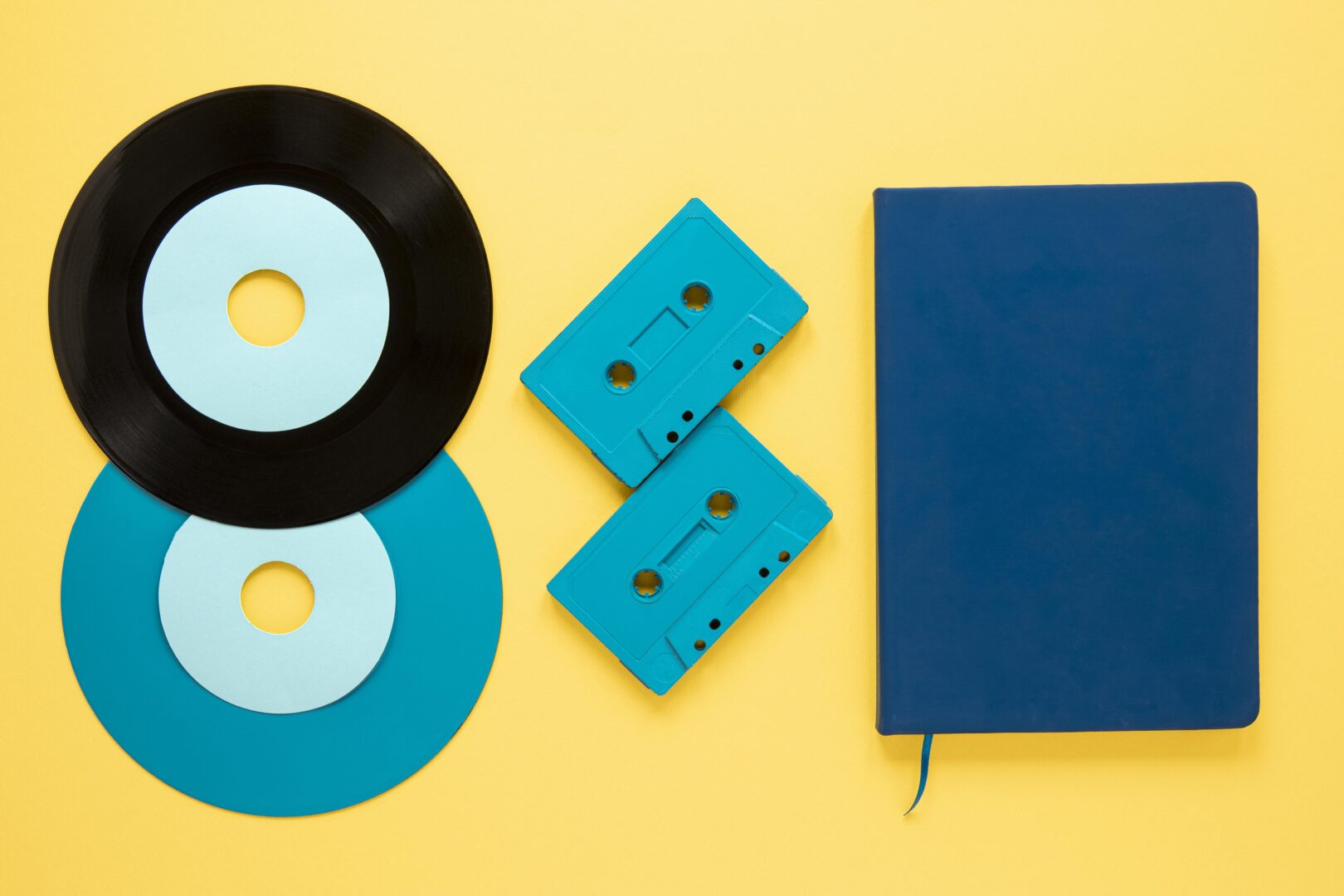 play_arrow
play_arrow
Tech House Podcast Robot Heart
-
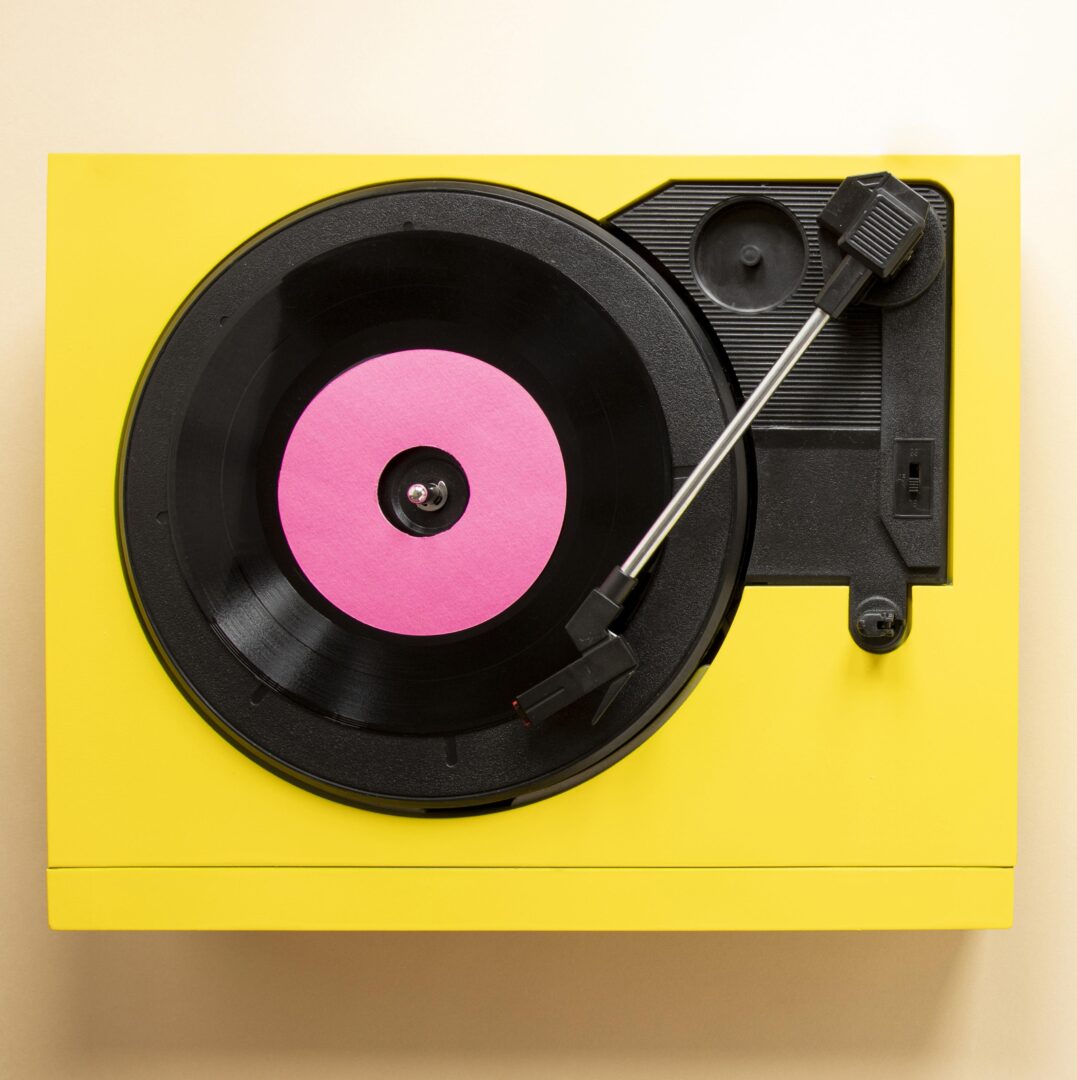 play_arrow
play_arrow
Winter Festival Podcast Robot Heart
Wilma Ernst
@_wilhelmina_ernstig_
At the heart of the North-West University’s (NWU) Botanical Garden, a vibrant tribute to South Africa’s twelve official languages unfolded during the recent Transformation and Diversity (TAD) event. The Palette-Art Gallery exhibition, part of NWU’s Language Awareness Week, brought language to life through powerful visual expressions. Each artwork captured the soul of a language, a culture, and people, reminding us yet again why language is far more than just communication; it is identity, memory, and belonging.
Among the standout pieces were six captivating artworks, each representing a distinct language and cultural narrative.
The first, a dynamic ink drawing of a Zulu warrior, evoked pride, strength, and heritage. Armed with a traditional spear and shield, the figure is mid-motion, as though dancing to the rhythm of ancient battle songs. The inscription beneath read, “Follow the sound of the warrior.” This piece is more than a historical homage; it is a call to honour the powerful legacy of isiZulu and its role in shaping national identity.
Next, a haunting piece that explored the complexity of bilingualism in South Africa. A girl’s serene face floated in grey-blue tones, almost submerged in watery layers of text spiralling around her. English and Afrikaans phrases merged and collided, representing the tension many feel when navigating spaces where their mother tongue is absent. The drowning imagery speaks to emotional fatigue and the silent battles of language assimilation many South Africans experience daily, a portrayal of the internal conflict between expression and erasure.
The third artwork celebrated Setswana heritage. A woman stood proudly, her figure adorned in vivid, flowing traditional clothing. Her presence commanded dignity and strength. The background pattern reminds one of Botswana’s coat of arms, while the glowing blue and sunrise tones portray the ever-looming light and darkness of having to continuously stay strong. The inscription read, “She carries the strength of protecting herself and her family,” highlighting the nurturing and resilient spirit woven into Setswana culture and language.
The fourth piece bursted with colour and nostalgia. This collage, devoted to Afrikaans, stitched together phrases and visuals that evoke rural farmlife: an old tractor, a farmhouse, native animals, and cut-out proverbs. The piece radiated warmth and rootedness, a testament to the deep connection many feel to their language and land. Afrikaans, with its layered history, is presented here with pride and emotional resonance.
The fifth artwork, textured and almost sculptural in design, embodies yet again the essence of the isiZulu culture. This artwork features a woman adorned with beautiful attire and golden jewellery, set against a rugged background textured with symbols and natural materials. Faintly in the background, the proverb ‘Inkosi yinkosi ngabantu’, translated to ‘A king is king because of the people’ speaks of the wisdom rooted in the culture of this language. This piece not only speaks of dignity but also resilience and bravery: the enduring cultural foundations carried by language.
Finally, the sixth celebrated the most recent official language to be recognised in South Africa: South African Sign Language (SASL). Six colourful hands, each signing a letter of the word “listen”, ripple with energy and vibrance. The hands are strung together by a black wave, a visual representation of sound, or perhaps silence, forming a line of unity and inclusion. This tribute to the Deaf community is both hopeful and assertive, reminding viewers that every language deserves visibility and respect.
Why Language Awareness Matters
South Africa’s linguistic diversity is one of its greatest treasures, but also one of its most complex challenges. For many, language remains a site of power, exclusion, identity, and memory. Language Awareness Week, and exhibitions like this one, serve as vital platforms to spark dialogue about inclusivity, cultural preservation, and transformation in education and society.
Through these artworks, we are reminded that language is not just spoken, it is felt, painted, sculpted, whispered, and sometimes fought for. In a country still healing from the erasures of the past, making space for all languages means making space for all voices.
The Palette-Art Gallery at NWU did not simply exhibit art — it exhibited identity. Like Nelson Mandela said, “”If you talk to a man in a language he understands, that goes to his head. If you talk to him in his language, that goes to his heart.”
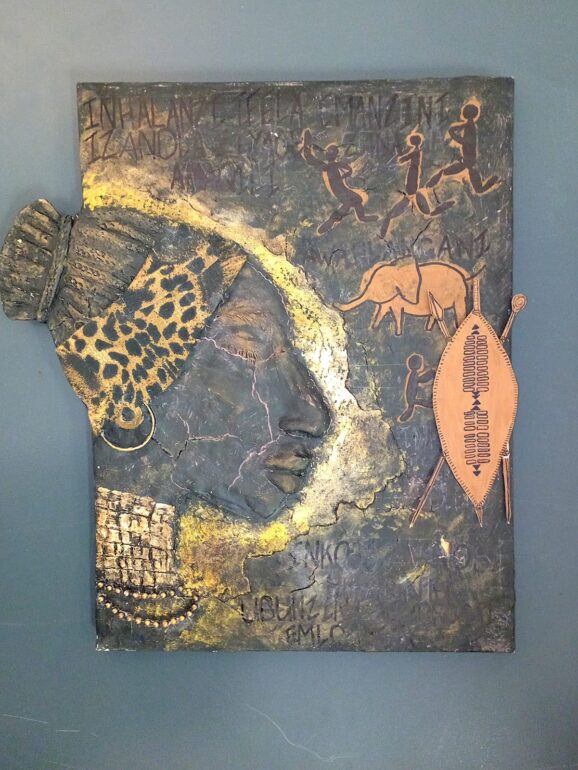
Artwork 5: ‘Inkosi yinkosi ngabantu’ (Source: Wilma Ernst)
Edited by Mhlengi Khumalo
Written by: Wapad
Similar posts
Recent Comments
Chart
-
-
-
 play_arrow
play_arrow
I Had Some Help (feat. Morgan Wallen) Post Malone
-
-
-
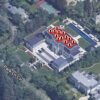 play_arrow
play_arrow
Not Like Us Kendrick Lamar
-
-
Top popular
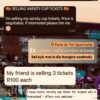
VARSITY CUP TICKET RESELLERS AND BUYERS – MAY BE DENIED ACCESS
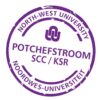
UNANSWERED AND UNSPOKEN: NWU’S SILENCE ON SUSPENSION OF SCC STUDENT LEADER

MARCHING FOR JUSTICE AND POLICE ACCOUNTABILITY: THE TRUTH BEHIND THE TMM LOFTS PROTEST
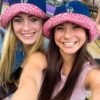
DEGENAAR PRAAT OOR DIE NA-SKOK VAN ‘N TRAGEDIE
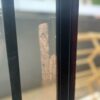
STUDENTS NO LONGER SAFE BEHIND LOCKED DOORS!
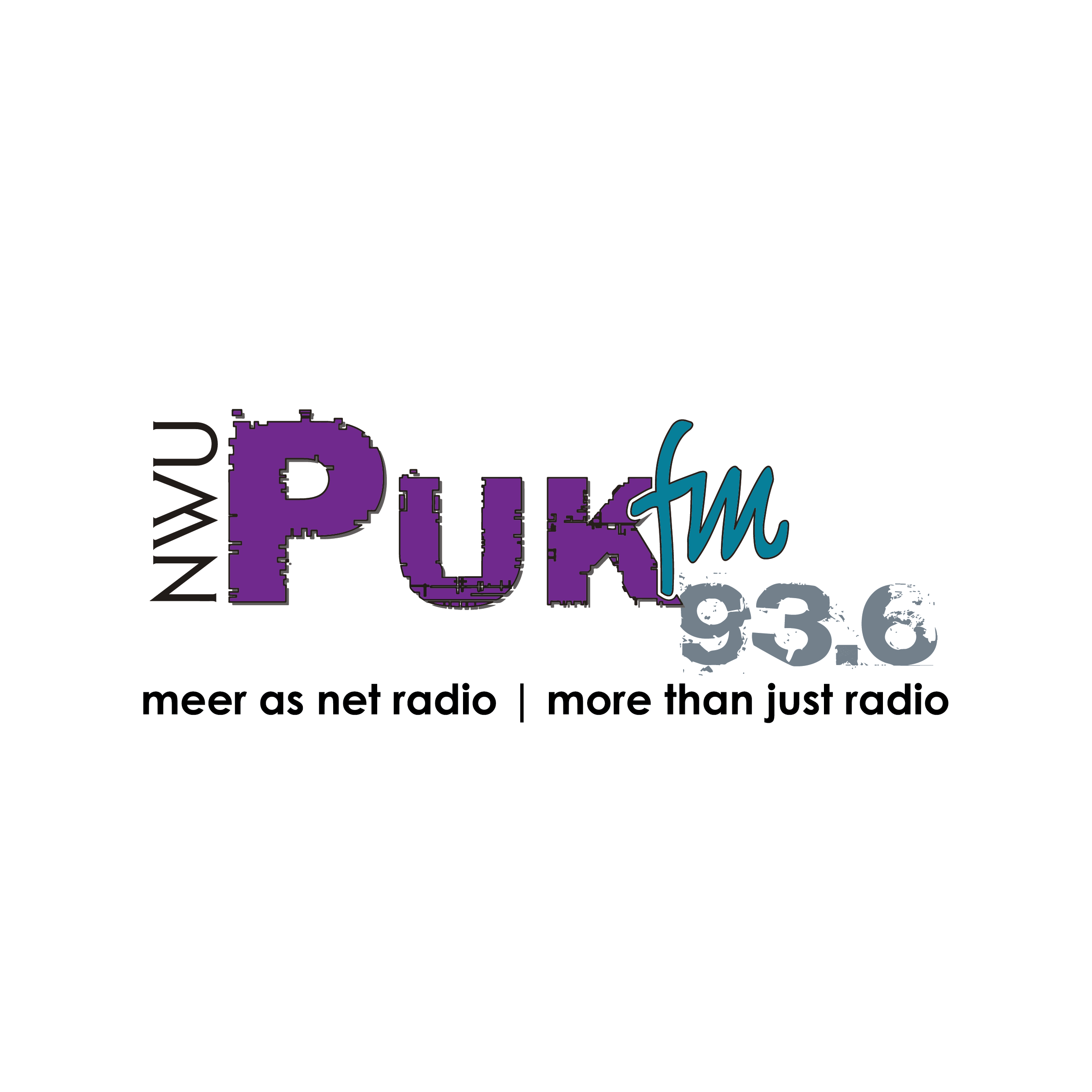
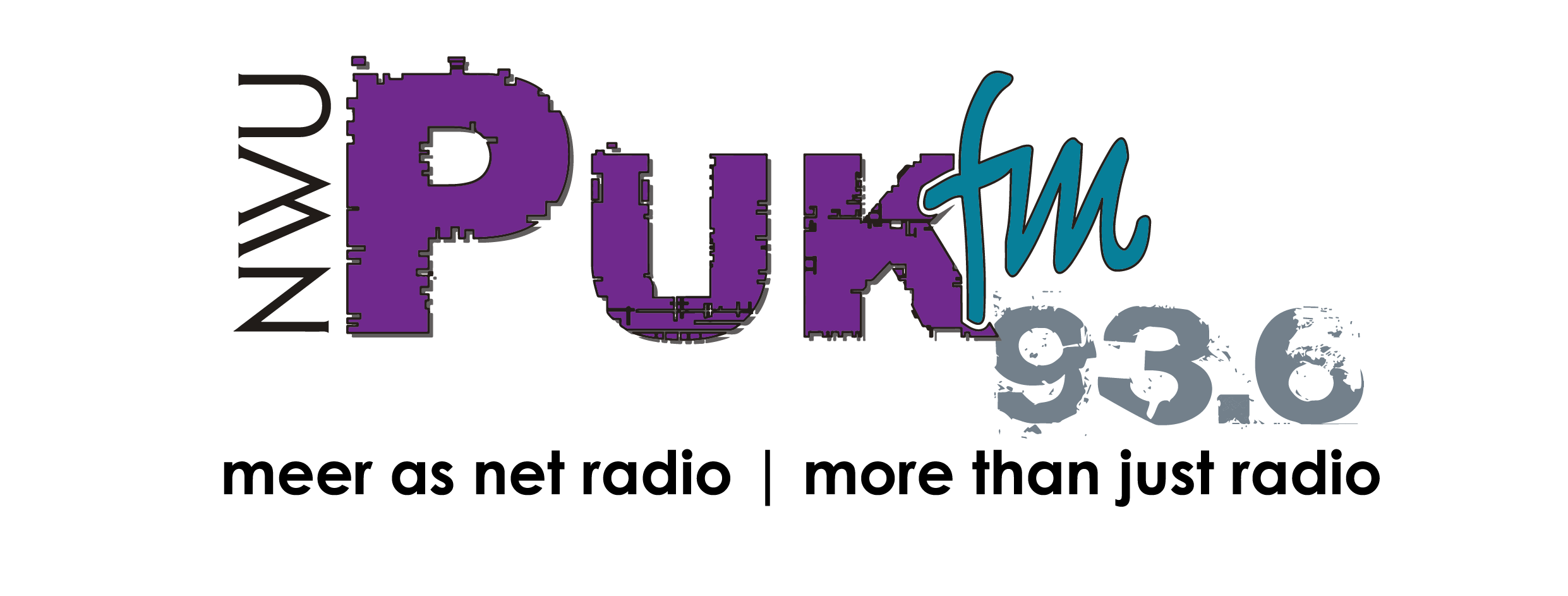
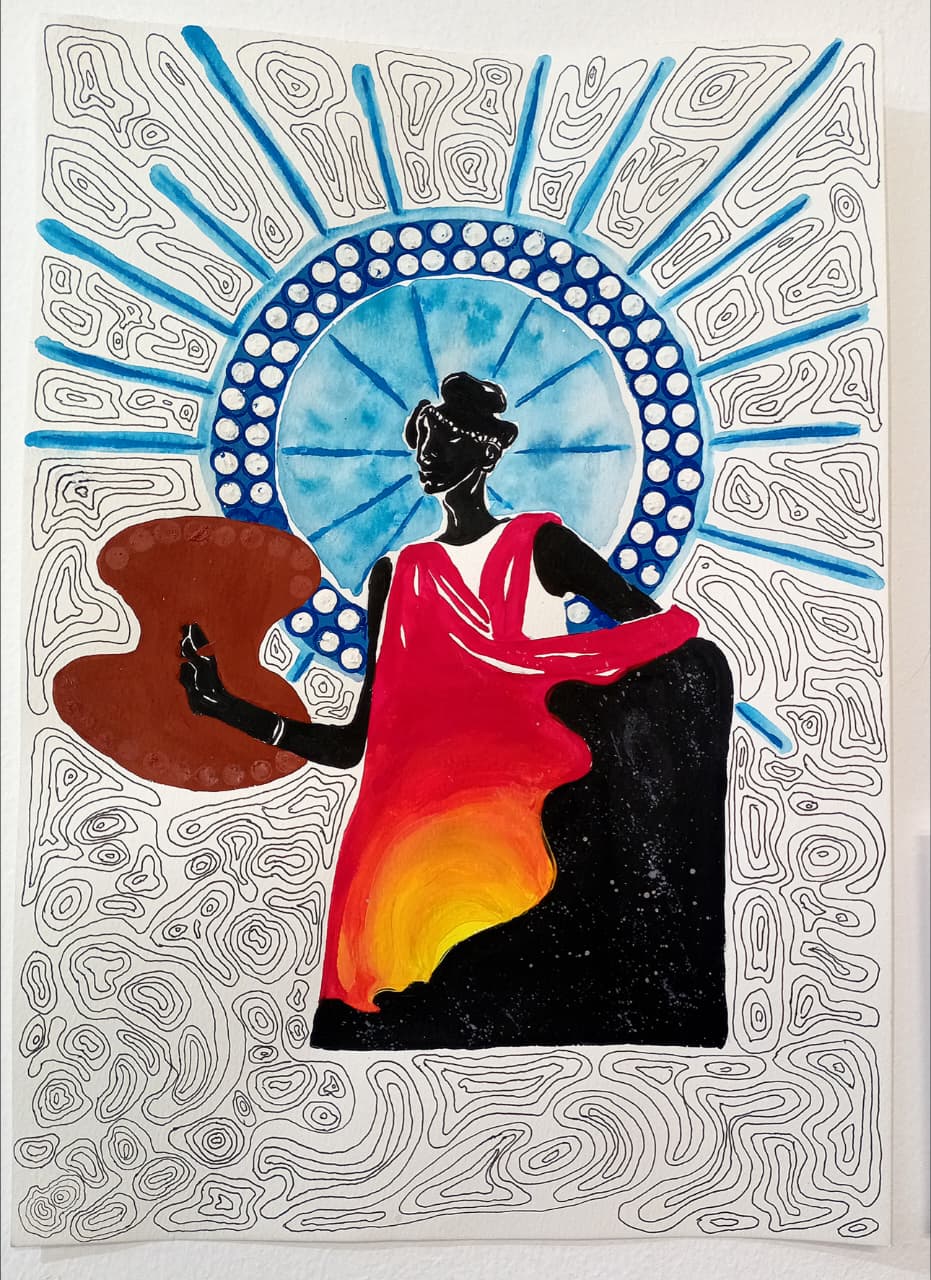

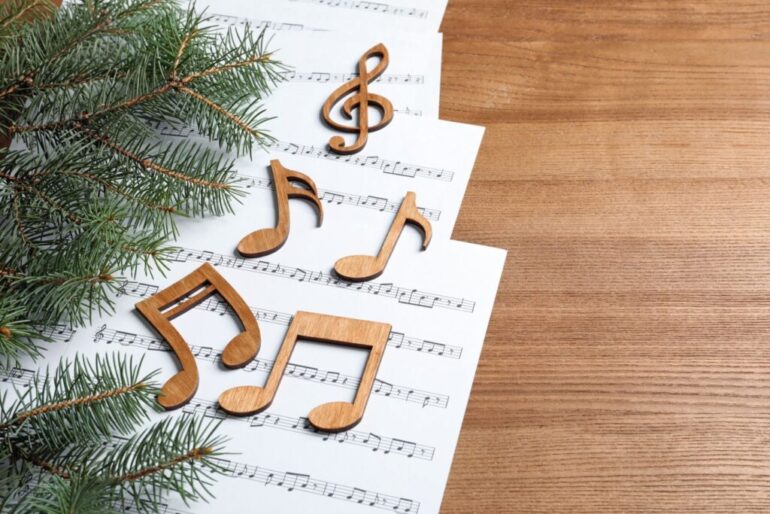

Post comments (0)